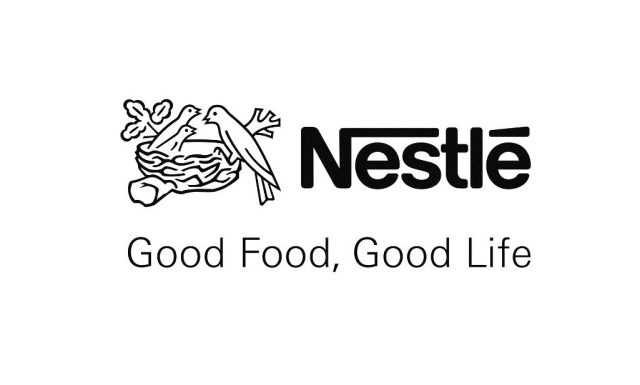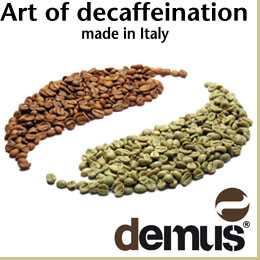MILAN – Today, Nestlé reported lower sales, missing analysts’ forecasts, and cut its full-year guidance again. The Swiss giant published its nine-month results this morning. Between January and September, sales fell by 2.4% year-on-year to CHF 67.1 billion. Organic growth was 2%, while real internal growth (RIG) was 0.5%. The impact of currency and divestments was -4.1% and -0.3% respectively. Pricing was 1.6%, reducing following “unprecedented increases in the prior two years.”
Analysts had forecast organic and RIG growth of +2.4% and +0.7% respectively. The full-year outlook was revised downward for a second time: Nestlé now expects organic sales growth of around 2%. The underlying operating margin is expected to reach 17%. Underlying earnings per share growth in constant currency is expected to be broadly flat.
At the end of July, the Group had already lowered its organic growth targets from 4% to “at least 3%”.
Growth of 2% would be the lowest annual rate since at least the turn of the century.
“Consumer demand has weakened in recent months, and we expect the demand environment to remain soft,” new Chief Executive Officer Laurent Freixe said. Organic growth in North America was the weakest, with sales contracting 0.3%.
Nestle said volumes were also held back by retailers and distributors reducing stocks because people aren’t buying as much, particularly in countries with weaker economies in Latin America
Freixe assumed office at the start of September after his predecessor, Mark Schneider, was ousted following several quarters of weak sales volume growth.
On Thursday, he announced organizational and Executive Board changes, to speed decision making and to drive performance and transformation. As part of Freixe’s overhaul, managers leading the push in using AI to manage data from “farm to fork.”
By geography, organic growth was driven by emerging markets and Europe, which together more than offset a slight decrease in North America. In developed markets, organic growth was 1.1%, with positive pricing and RIG. In emerging markets, organic growth was 3.5%, led by pricing with positive RIG.
Coffee was the largest growth contributor with mid single-digit growth, supported by the three leading coffee brands, Nescafé, Starbucks and Nespresso
In Zone North America, growth for the beverages category was positive, with continued momentum for Starbucks and Nescafé offsetting a sales decrease in Coffee mate.
In Zone Europe, coffee delivered mid single-digit growth, led by Nescafé soluble coffee and Starbucks products.
In Zone Asia, Oceania and Africa, coffee delivered mid single-digit growth, driven by Nescafé, particularly in ready-to-drink offerings.
In Zone Latin America, coffee posted low single-digit growth, led by Nescafé, with strong growth for Nescafé Dolce Gusto.
In Zone Greater China, coffee delivered high single-digit growth, driven by Nescafé ready-to-drink and soluble offerings.
Nespresso reported organic growth of 1.8%. RIG was 1.3%. Pricing was 0.5%. Foreign exchange negatively impacted sales by 2.6%
Reported sales decreased by 0.7% to CHF 4.6 billion. By geography, sales in North America grew at a mid single-digit rate with market share gains. Europe posted slightly negative growth in a market that remains competitive.
 Growth was driven by the Vertuo system, with continued broad-based sales momentum. Out-of-home channels continued to generate robust growth, fuelled by the further adoption of the Momento system.
Growth was driven by the Vertuo system, with continued broad-based sales momentum. Out-of-home channels continued to generate robust growth, fuelled by the further adoption of the Momento system.


















